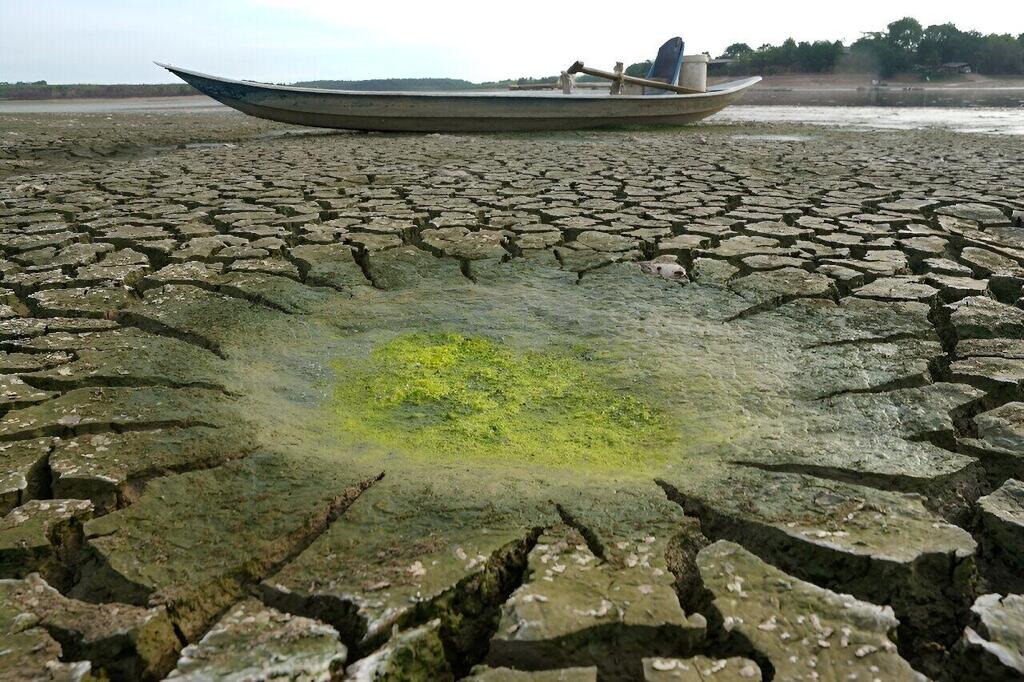Getting your Trinity Audio player ready...
Vietnam, the world's second-largest coffee producer, is experiencing its worst drought in nearly a decade, potentially impacting global espresso prices. Lakes in Central Highlands are drying up, impacting coffee production and leading to forecasts of lower harvest for the upcoming year.
Domestic forecasts predict a 10-16% fall in Vietnam's coffee output for the next season, while the USDA projects a relatively stable harvest.
Farmers are implementing strategies to combat the heatwave, including prolonging tree growth, enhancing soil absorption, and using biopesticides.
Recent rainfall has brought some relief, but uncertainty remains about its impact on output and prices.
Coffee prices are expected to surge due to hoarding of beans, poor weather, and lower robusta harvests in Brazil and Vietnam.
Wholesale prices in Vietnam and London have risen to record highs, with limited impact on consumer prices so far.
Robusta demand is growing globally, leading to high wholesale prices.
Recent data shows an increase in coffee prices in the European Union, suggesting roasters may pass on higher costs to consumers.
Coffee hoarding by Vietnamese farmers and middlemen is contributing to higher prices, with many failing to deliver a significant portion of contracted beans.
Exporters have incurred losses due to defaults, leading to sourcing beans from other countries to maintain supply.
Swings in commodity prices are impacting the retail level slowly, with arabica prices helping shield some of the impact for coffee drinkers.
According to the Times of India, Tata Consumer Products CEO predicts volatile robusta prices to continue for some time.
Sources: Times of India, The Globe and Mail, VOA News, BusinessWorld Online, Geelong Advertiser, Business Insider, The Business Times



